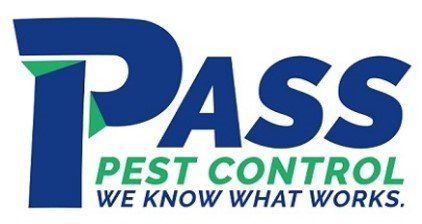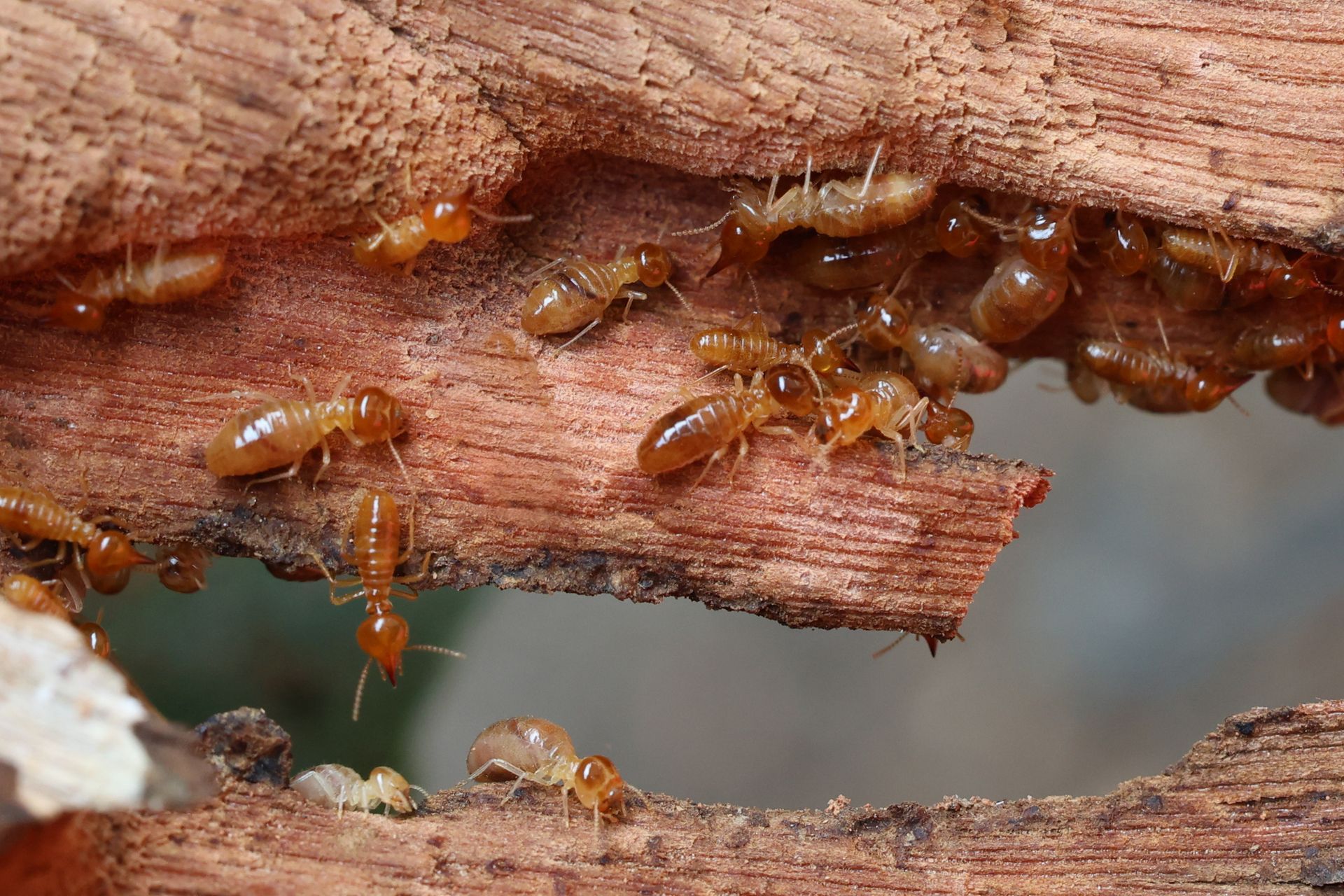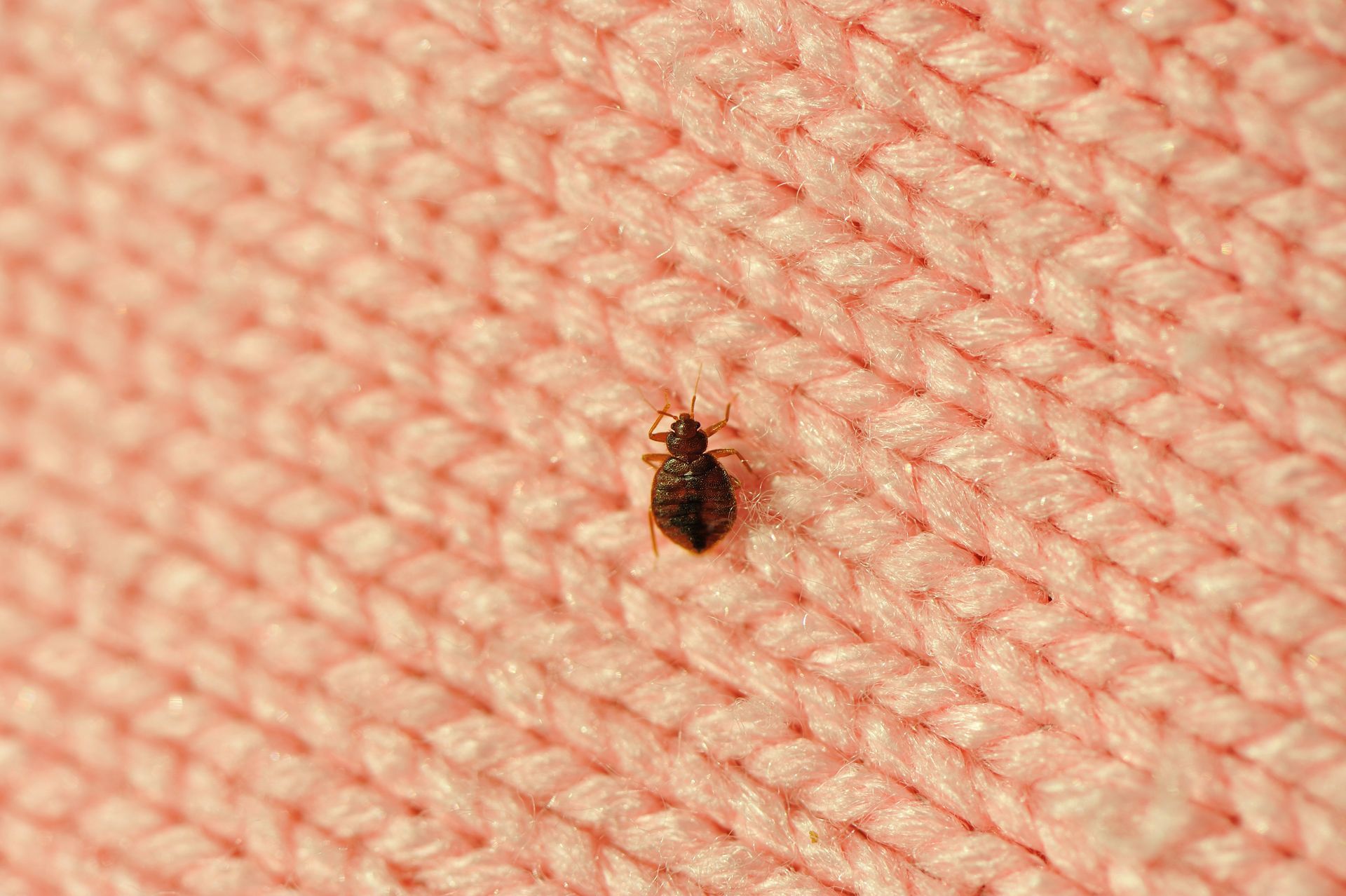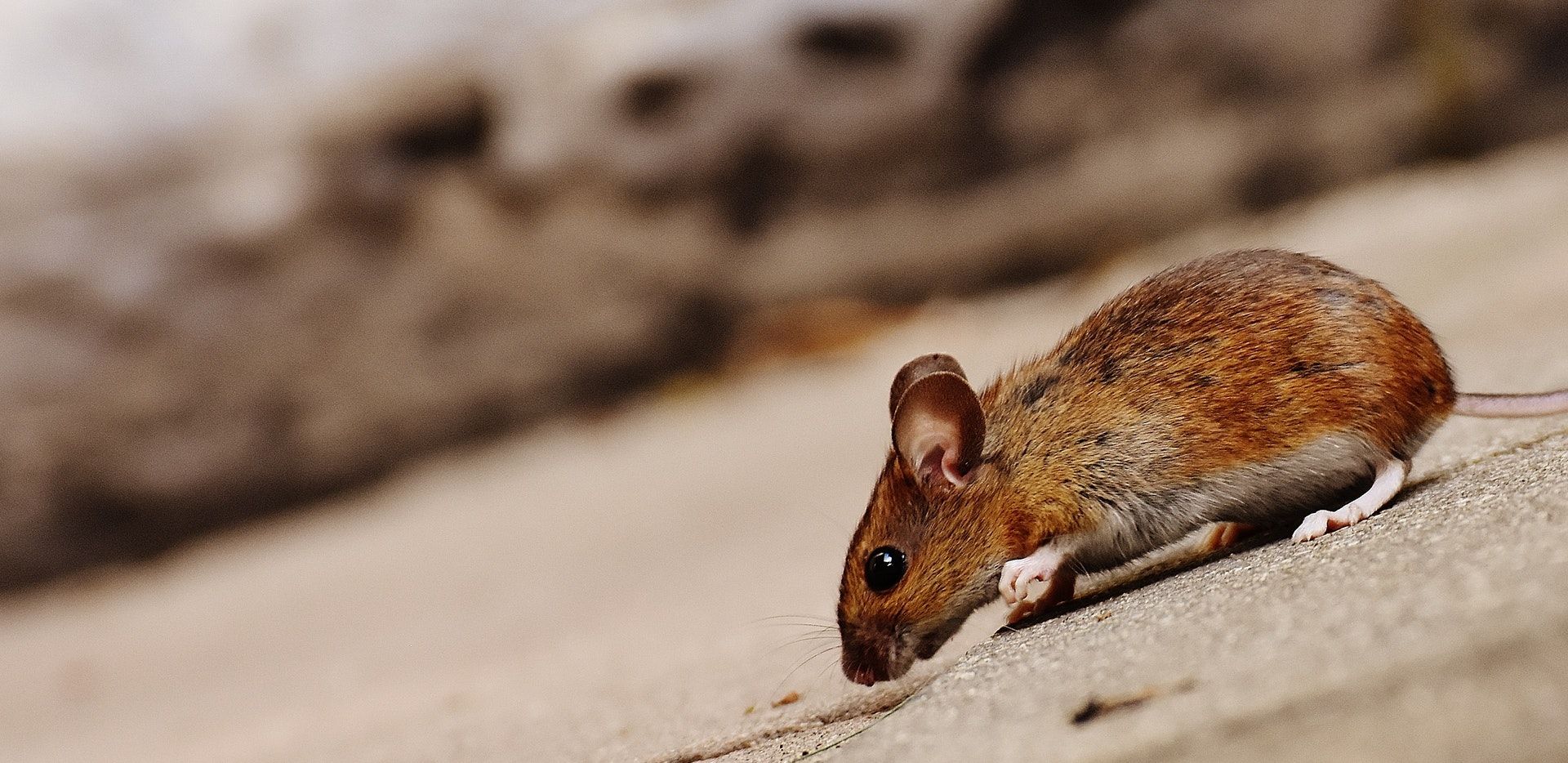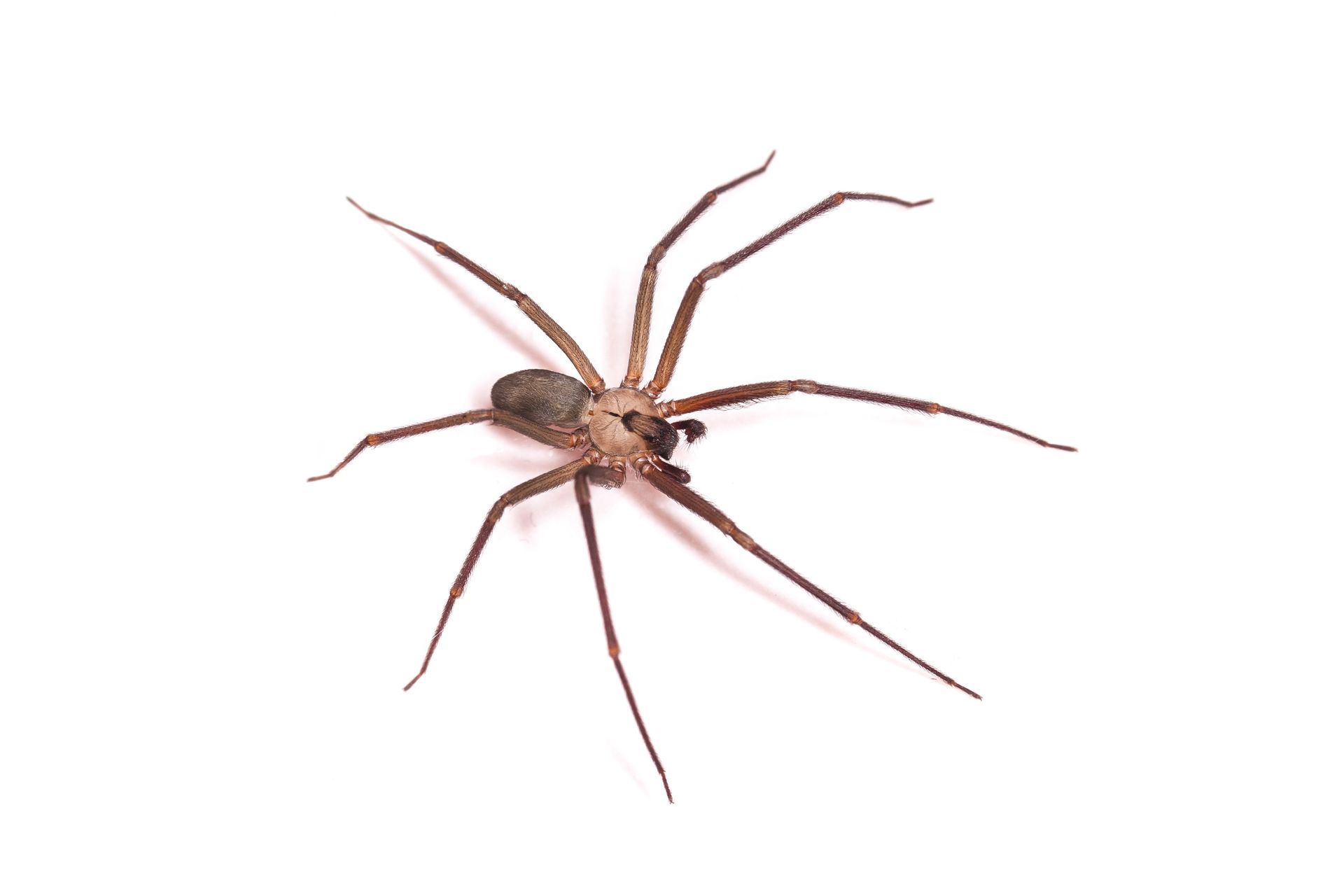How to Deal with Ants in Your Home
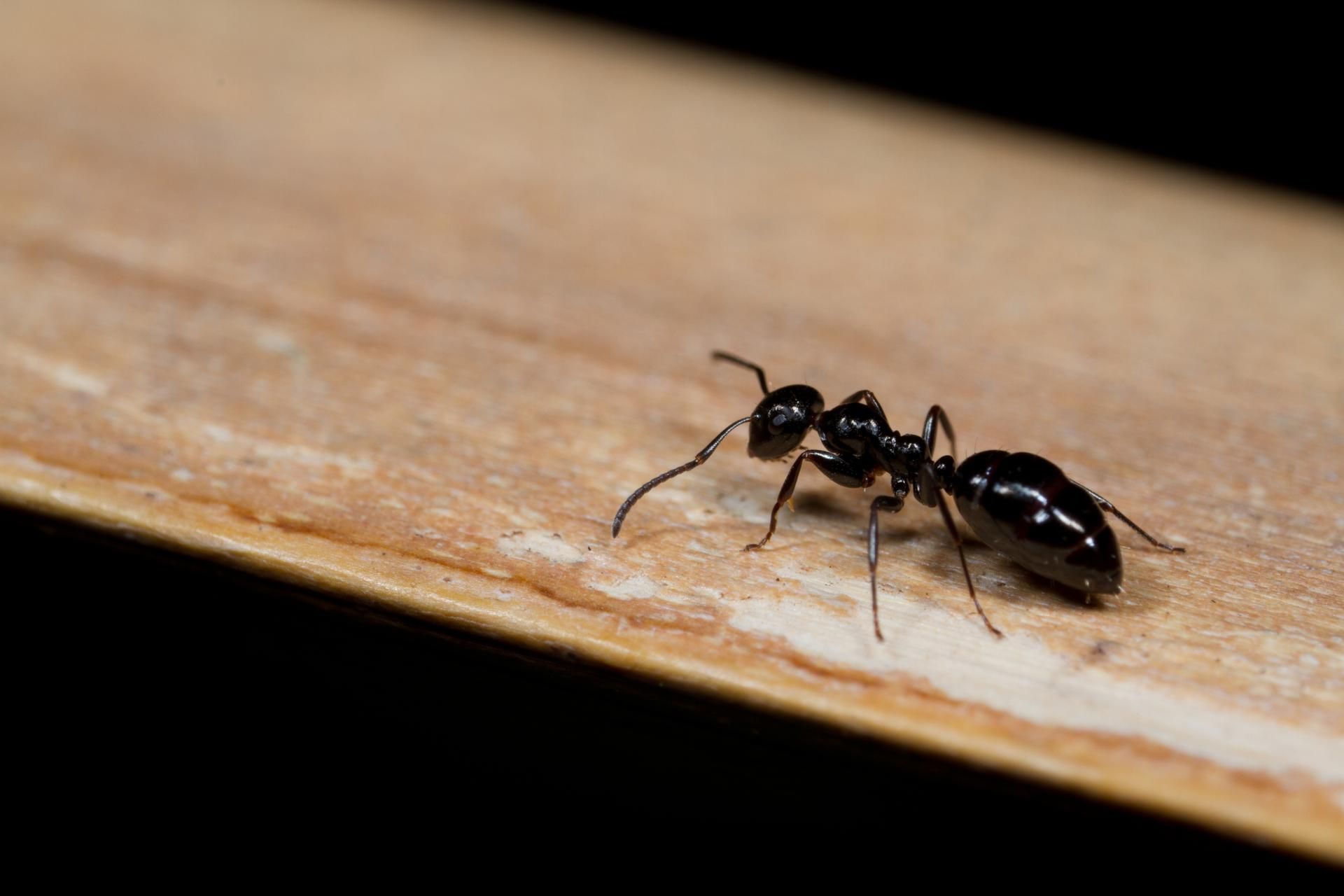
Ants can be pesky intruders in our homes, often showing up uninvited and in large numbers. While they play an important role in the ecosystem, having them inside your house is less than ideal. In this guide, we will explore practical tips and solutions to help you deal with ants and keep your home ant-free.
Understanding Ant Behavior
It's crucial to understand why ants invade homes. Ants typically enter homes in search of food, water, and shelter. They are social insects that work together to locate resources, leaving pheromone trails to direct others to the source. By eliminating these attractants and blocking their entry points, you can effectively deter ants.
Signs of Ant Infestation in Your Home
Identifying an ant infestation early can help you tackle the problem before it gets out of hand. Here are some common signs to look for:
- Visible Ant Trails: One of the most obvious signs is seeing ants marching in a line. This usually indicates a pheromone trail leading to food or water sources.
- Accumulation of Ants: Discovering a large number of ants in one area, especially near food or sugary substances, is a clear sign of an infestation.
- Ant Nests: Look for small piles of dirt or sand, especially around entry points like windows, doors, or cracks in the walls. This could indicate the location of an underground ant nest.
- Unexplained Dirt or Sawdust: Some ant species, like carpenter ants, can cause damage to wooden structures. If you notice unexplained piles of sawdust, it's a warning sign that ants might be nesting within your walls.
If you see any of these signs, you'll need to take preventative measures right away.
Preventive Measures to Keep Ants Out
Seal Entry Points
The first step in ant-proofing your home is to seal potential entry points. Ants can enter through tiny cracks and crevices in walls, floors, and foundations. Inspect your home thoroughly and use caulk to seal any gaps around windows, doors, and utility lines. Pay special attention to areas where pipes and wires enter your home.
Maintain Cleanliness
Maintaining a clean home is essential in preventing ant infestations. Ants are attracted to food residues, so it is important to keep your kitchen and dining areas spotless. Clean up spills immediately, store food in airtight containers, and regularly empty garbage bins. Additionally, avoid leaving pet food out for extended periods.
Control Moisture
Ants need water to survive, so controlling moisture levels in your home is key. Fix any leaky pipes or faucets promptly, and use dehumidifiers in damp areas such as basements and crawl spaces. Ensure proper drainage around your home to avoid water accumulation near the foundation.
Yard Maintenance
Your yard can also be a major source of ant problems. Trim trees and shrubs away from the house to reduce access points. Keep mulch and firewood stacks away from your home’s foundation, and regularly mow your lawn to deter nesting.
What to Do If You Find Ants
Identify the Source
If you find ants in your home, it's essential to identify the source. Follow the trail to locate their entry point and nesting area. Knowing the type of ant can also help determine the most effective treatment method.
Professional Ant Pest Control Services
If your ant problem persists, it may be time to enlist professional ant pest control services. Pest control experts have the knowledge and tools to address severe infestations effectively. They can assess the situation, identify the ant species, and implement targeted treatments to eliminate the infestation.
Ongoing Monitoring and Maintenance
Even after treating an ant infestation, ongoing monitoring and maintenance are crucial to prevent future problems. Regularly inspect your home for signs of ants, maintain cleanliness, and implement preventive measures as described earlier.
